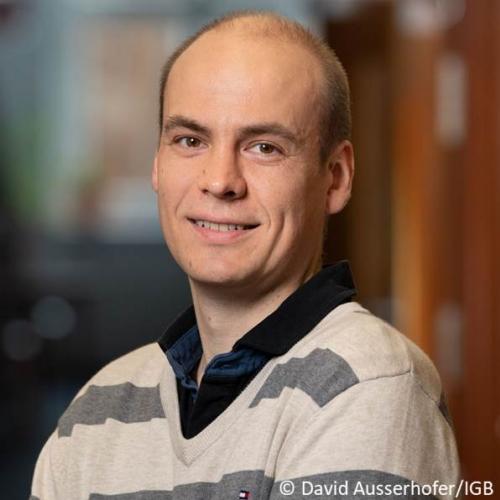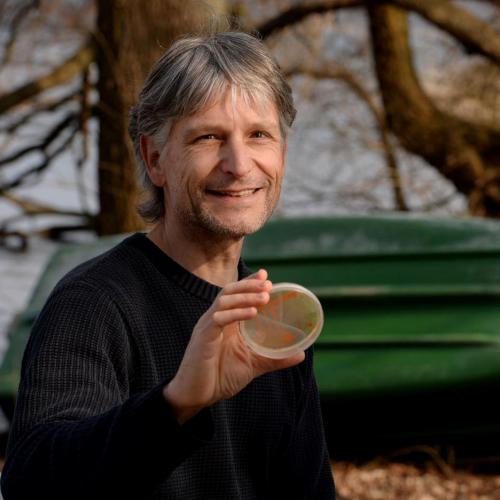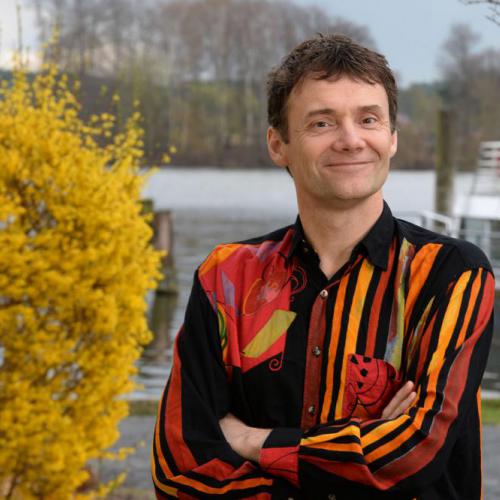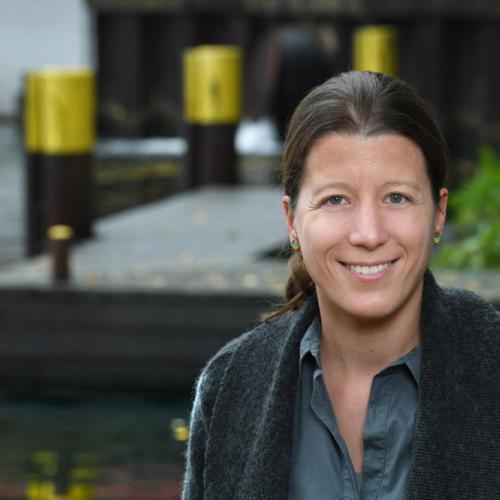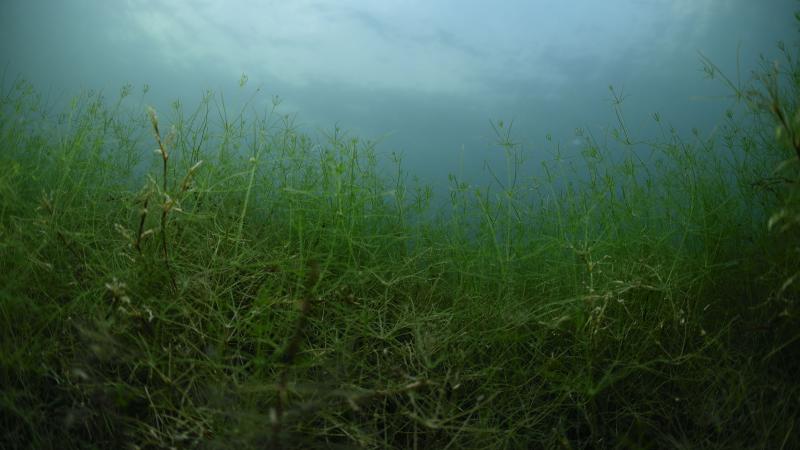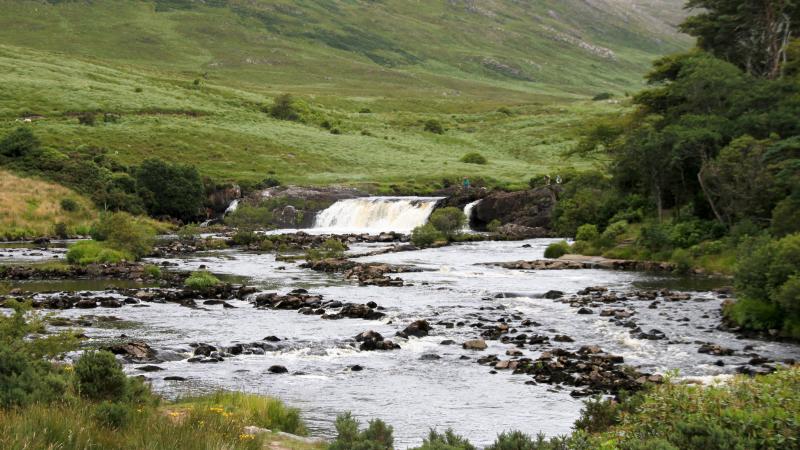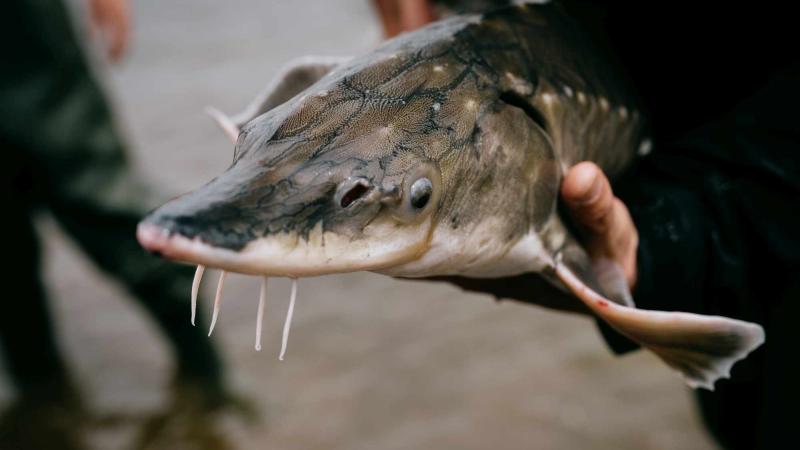The AquaINFRA consortium met in February 2023 for a kick-off conference at the Aalborg University in Copenhagen. | © AquaINFRA
.png)
"Until now, data from aquatic research has been scattered and difficult to find. If they are found, they usually need to be downloaded before they can be processed. This approach is far from optimal, as the users repeatedly have to perform similar processing and preparation steps to use the data in their analyses, and they may need very specific knowledge to do so for each data set," explained Sami Domisch, who leads the sub-project at IGB.
With AquaINFRA, researchers will be able to access virtual research environments (VREs) that include functions and analysis tools for processing data and spatial-temporal modelling. The VREs make it possible to store, share, access, analyse and process research data and information across research infrastructures, disciplines and national borders.
In the virtual research environment, researchers can link sampling sites, calculate catchments, and then intersect them with environmental and socio-economic parameters. They can also calculate distances within the river network between sampling sites or to dams, integrate remote sensing data from satellites, perform analyses across inland, coastal or marine systems, and match species lists. To make this happen, IGB researchers are providing some key components. For example, the recently published Hydrography90m dataset is included, as well as data and software that the team has already collected and developed as part of the NFDI4Earth and NFDI4Biodiversity initiatives, such as the hydrographr R package. More data, case studies and software solutions will be added over the next three years.
"We are, for example, working on river networks and their connection to the seas - the so-called 'seamless connectivity' - developing basic functions to facilitate data interaction and integrating additional features into the platform," reported Sami Domisch. "We want to help researchers by providing them with a set of tools, such as standardised analyses of aquatic biodiversity within Europe."
The project is funded through the European Open Science Cloud (EOSC) - an initiative that promotes open science practices in Europe.


